BBC devotes 24 hours of its schedule to bird-inspired music
| Musician, broadcaster and birdwatcher Tom McKinney kicks off a day of bird-inspired music on Radio 3, at one o'clock Sunday morning, 19 June. Radio 3 were in the Sussex woods earlier this spring, recording nightingales singing in duet with improvising musicians including folk singer Sam Lee. Other composers featured include John Luther Adams and David Rothenberg. | Between 04:20 and midnight four live broadcasts will see the three hours of Messiaen's Catalogue d'Oiseaux performed by Pierre-Laurent Aimard as part of the Aldeburgh Festival. The performances will be in the open air, in various parts of the Suffolk coast, including, at 19:30, the RSPB reserve at Minsmere. Other programmes include Tom Service and Stephen Moss considering the question: is birdsong music? at 17:00, followed by a repeat of a bird-themed edition of Words and Music, as well as concert recordings at 20:20 and 22:25 For the full schedule, click on the button below. |
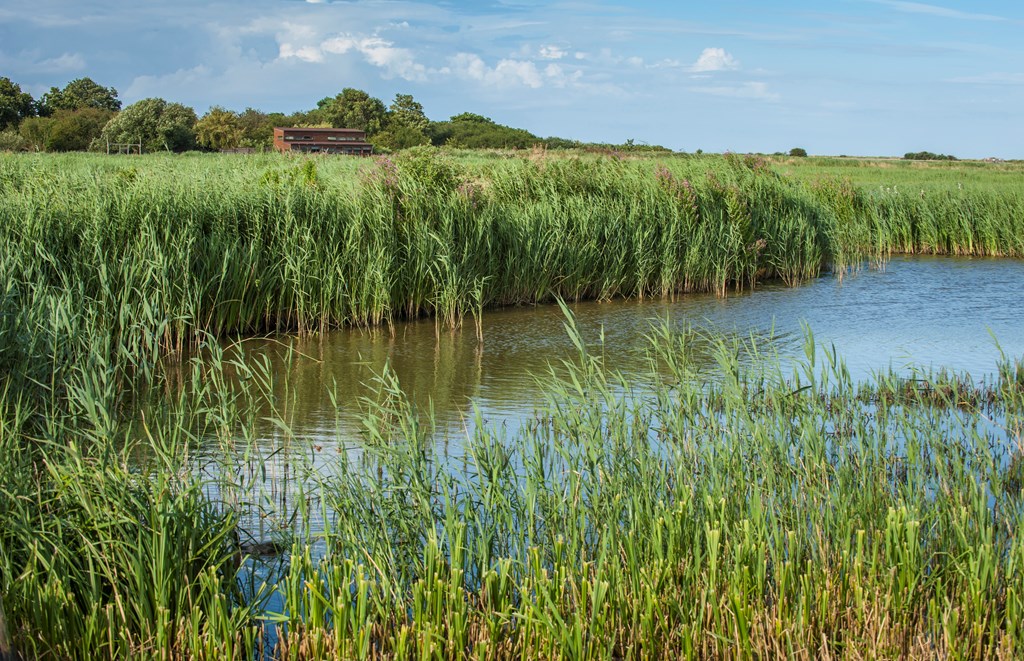
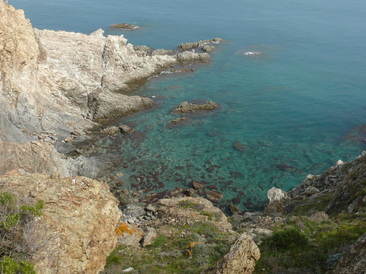
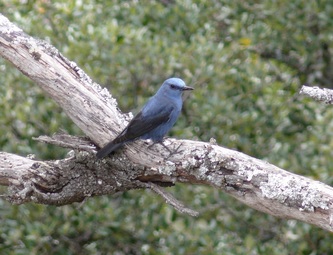
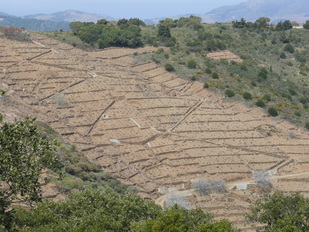
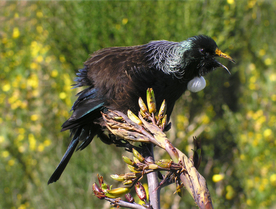

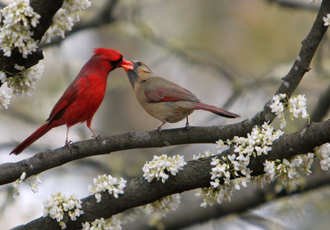
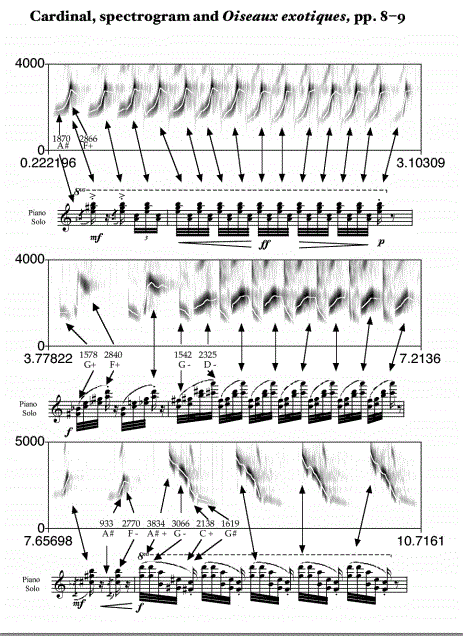
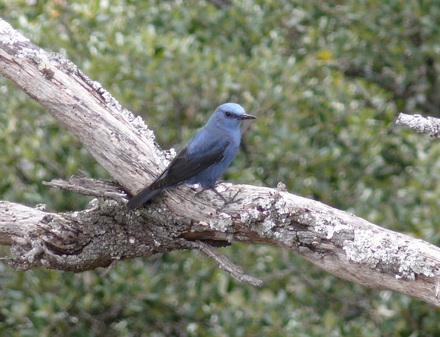
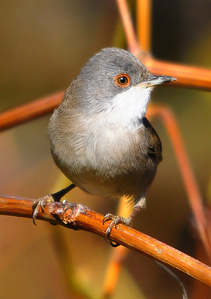

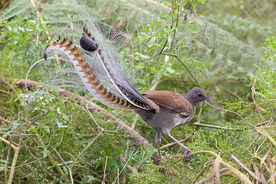
 RSS Feed
RSS Feed
